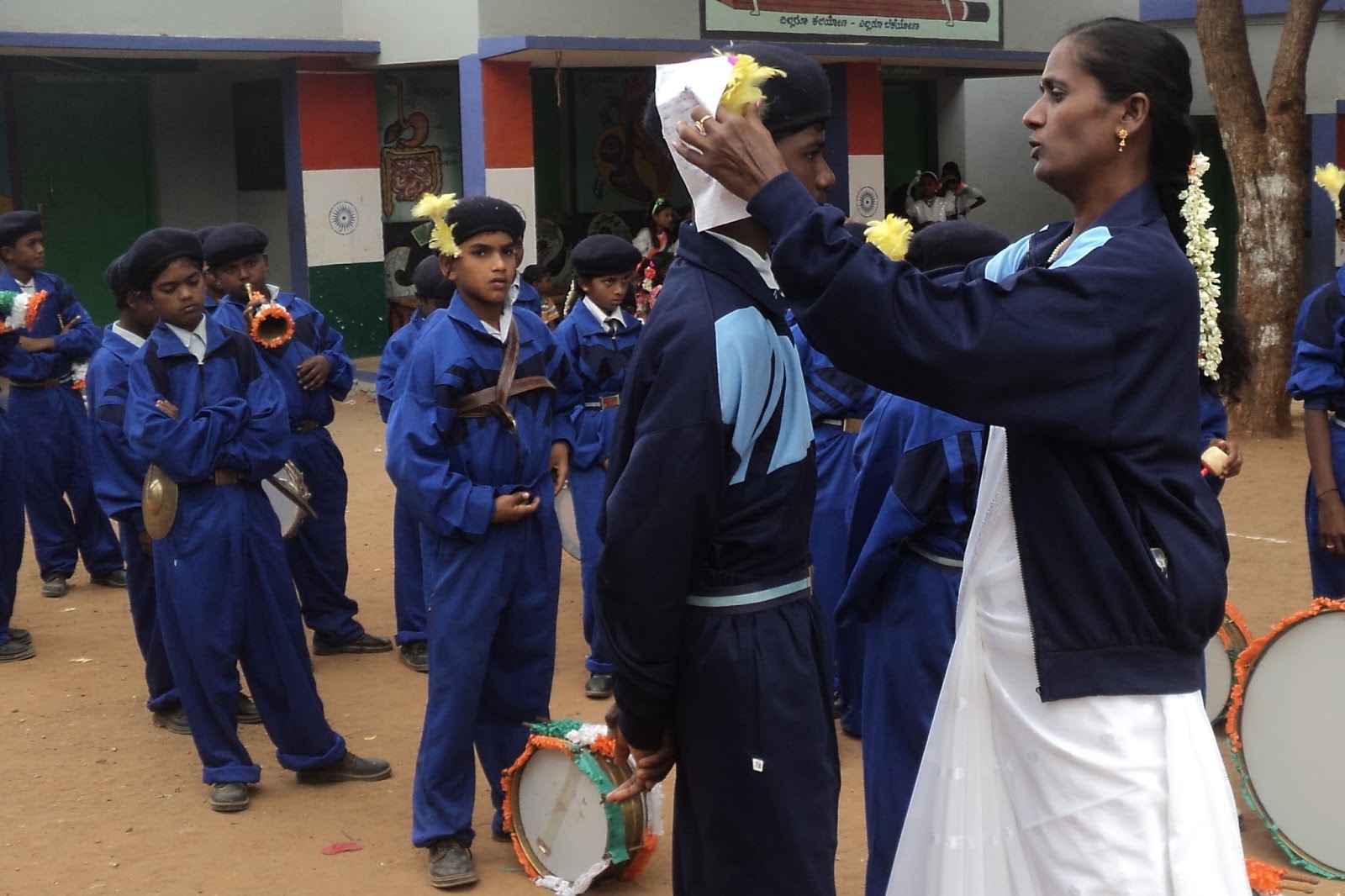Good relationship can reward an approachable learning environment and invite the students to learn. A teacher and student who have the qualities of good communications, mutual respect and interest in the subject will establish a positive relationship in the classroom.
Children show different capabilities in learning and achieving goals. A few students will grasp and learn quickly, but some need repetition and different techniques to understand the same lesson. On the other hand, there are students who are not serious in any thing and will be ‘fooling’ around all the time. They use school as a source of entertainment alone. Teaching in such situation becomes difficult, especially if communication is frequently interrupted. Teachers restore to punish the disruptive students to control them in order to create a positive relationship. Instead they need to inspire students with a desire to learn.
Vernon F. Jones and Louise Jones discussing how to create a learning environment for children, in their book Responsible Classroom Discipline say ‘Student disruptions will occur frequently in classes that are poorly organized and managed where students are not provided with appropriate and interesting instructional tasks’. Good communication creates a better atmosphere for a classroom environment. Studies indicate that academic achievement and student behavior are highly influenced by the quality of teacher-student relationship. The more the teacher connects with their students, the more likely they will be able to help students learn at a high level and accomplish better.
Thanks to Ms. Suma G. of Srikantha Girls High School for illustrating this case with one of her ‘new’ students, Jayasmitha, whom she proudly introduced. I was curious to know what was new about this girl in her tenth grade. She was a new student to the school! She had been made to change schools in a crucial period of her formative days. The reputed earlier school had shown doors to this girl for lack of performance. That school it seems was proficient in producing ‘marks scoring machine’ like students. I recollected a teacher from that school once proudly saying ‘we only produce Sachin Tendulkars’ and they knew about it two years before hand. Bravo!
The image conscious school had gone to the extent of complaining her parents about her class room discipline and shown her the doors. One would expect a sober face of such an unfortunate girl but in reality she was the opposite. She was bright, curious and out-going. She didn’t seem to have any regrets for the event. She politely said ‘I am worried about the other four girls who came out with me. I miss them’.
Here she was an active participant of the School Eco club. She had also won a place in the Inter High school Wildlife elocution contest organized by the Mysore Zoo. A prize in the English speaking contest was big news in this, as some would call, a small school. In less than three months she had bonded with a new teacher and had started shining. May their friendship reach greater heights and last for ever.


.jpg)




















.jpg)

.jpg)










